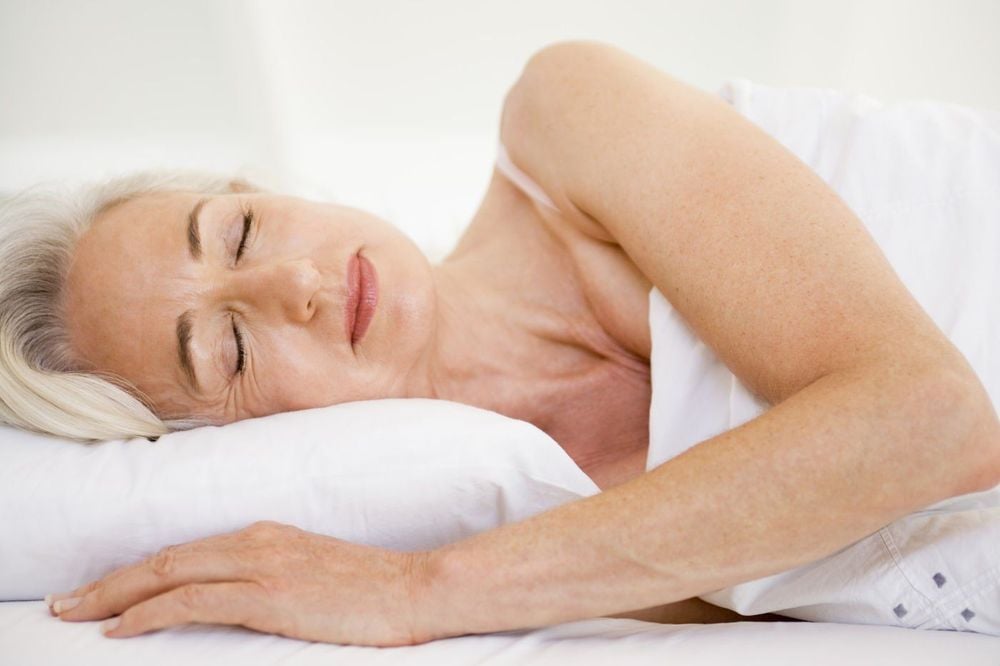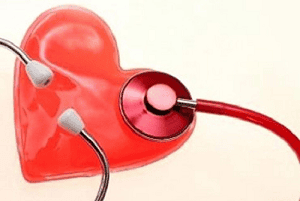This is an automatically translated article.
Sleep apnea syndrome is a characteristic disorder of sleep-related respiratory disease. Clinically manifested by intermittent sleep apnea episodes lasting for 10 seconds or more, leading to a decrease in blood oxygen levels, followed by re-activation of respiratory movements often associated with brief awakening.Complications of the syndrome but breathing during sleep Obstructive sleep apnea syndrome, if not diagnosed and treated promptly, will cause many dangerous complications:
Cerebrovascular accident Angina pectoris Myocardial infarction Accident Traffic Accidents Work accidents Loss of memory Loss of concentration... Symptoms When there are signs of sleep apnea, the patient should go to the respiratory specialist immediately for treatment as soon as possible.
Subjects have symptoms suspected of Sleep Apnea Syndrome:
Snoring accompanied by apnea, asphyxiation Lots of daytime sleepiness Waking up many times during the night Urinating many times during the night Morning headaches Decreased memory , decreased concentration, overweight, obesity, abnormality in the maxillofacial region,... High blood pressure resistant to treatment When there are signs of sleep apnea, the patient should go to the respiratory specialist immediately for examination for treatment. treatment as soon as possible. Experts warn that if not diagnosed and treated early, sleep apnea syndrome will contribute to dangerous complications such as cerebrovascular accident, angina, myocardial infarction, and accidents. traffic, occupational accidents, memory loss, loss of concentration, sudden death in the night...
Depending on the cause of the sleep apnea syndrome, take appropriate treatment measures. Currently, the way to diagnose is to use a polysomnography machine to record all abnormal signs in sleep. Thereby, doctors make timely diagnosis and treatment.

With the sleep measurement service, customers will be completely assured when coming to Vinmec. Because unlike other conventional sleep polygraphs that can only diagnose obstructive sleep apnea, Vinmec International General Hospital uses the Sappire PSG sleep polysomnography system. This is a comprehensive sleep monitoring system developed by CleveMed that can diagnose obstructive, central or mixed sleep apnea causes. This machine system has 22 channels to receive signals such as: electroencephalogram, electromyogram, electrocardiogram, electrocardiogram, measuring oxygen saturation, measuring airway pressure, determining snoring, thoracic induction, induction of drive abdomen, blood pressure, temperature...
For more information about the service, please contact HERE.













